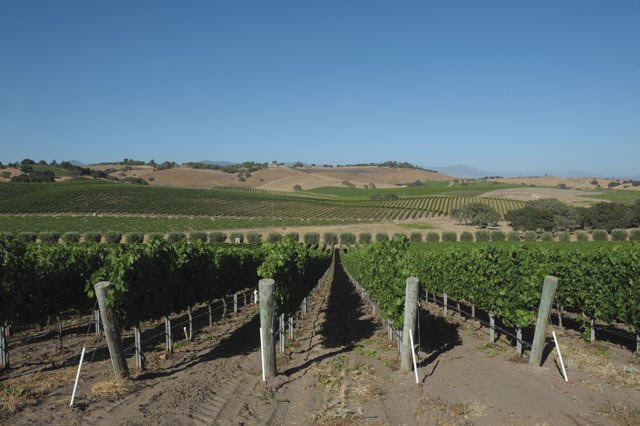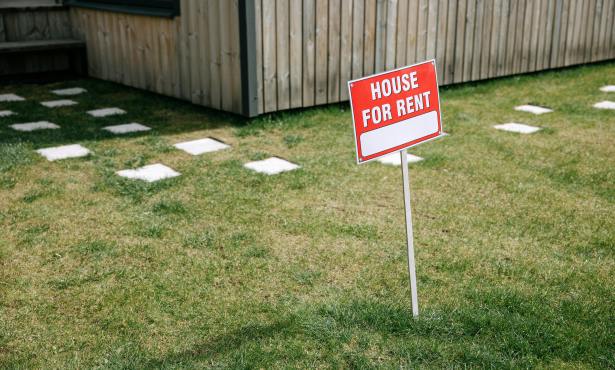Ordinance Needs to Support Small Farmers, Vintners
On-Site Experience Necessary for Small-Volume Producer Sales

Santa Barbara County officials have been working for several years on a slew of updates to the existing Santa Barbara County Winery Ordinance, first enacted in 2001. There have been several town hall meetings with the general public, the wine community, and county staff. It does appear this arduous process is coming to an end, though not without continued controversy.
The wine industry in California and around the world has changed considerably in the last five years. After the Great Recession there has been a significant positive sales trend toward premium wines, including pinot noir, the most planted red wine grape in Santa Barbara County. More people, especially women ages 25-44, are drinking and buying more wine than ever before. And more people are traveling to wine regions to meet the winemakers and learn the history and culture of these unique places. For many small wineries, the vast majority of their wine sales come from visitors coming directly to the winery, also known as DTC (direct to consumer), rather than purchasing the wines elsewhere.
At the same time, however, there has been a mass consolidation in the wine wholesale business while the number of existing wineries in the United States since 2001 has grown from 3,000 to a little more than 10,000. In 2015 the four largest wine distributors in the United States sold 60 percent of all the wine sold to restaurants, retailers, grocery stores, and other wine outlets. Thirty percent of wine sold at the retail level in the United States is now sold in supermarkets. These supermarkets and distributors mostly deal only with wineries that have production levels of tens and hundreds of thousands of cases, not hundreds or a few thousand cases. Unless smaller wineries can reach consumers directly to sell their wines, they face substantial challenges in building a sustainable business.
Unfortunately, in the newly released Santa Barbara County Draft Winery Ordinance, there are few considerations for small family-owned wineries and vineyards to welcome onto their farms the important wine buyers, wine historians, wine lovers, and travel connoisseurs. Recently the Santa Barbara County Vintners Association submitted a recommendation to create a new Tier A2 that would allow for parcels of 10-19 acres to have a winery and up to a 400 square-foot visitor space for limited, by-appointment-only visits by wine buyers from wine shops, restaurants, distributors, and the general public. No public tasting rooms or special events would be allowed in this new tier. This recommendation is meaningful and timely because it gives the boutique winery owner and winemaker the opportunity to educate their clientele directly onsite where the wine has been grown and crafted. This one small, low-impact, agriculture-centric improvement in the proposed Winery Ordinance could have a significant positive impact to Santa Barbara County’s wine community by creating a pathway to financial viability.
Agriculture remains Santa Barbara County’s largest industry. Local vintners are hard-working owners of small businesses who are chasing their entrepreneurial dreams and supporting their families. They employ thousands of people and generate significant tax revenue for local government operations. Their farming activities preserve local culture and traditions, and their vineyards preserve the views and scenery that we all value so highly. They are your neighbors, the parents of your children’s classmates, and among the biggest supporters of innumerable charity fundraisers.
We have all seen what happens when farmers can no longer make a living: Farmland sprouts subdivisions, views are lost, traffic problems increase, and demands for public safety and other government services grow exponentially.
We understand the need for reasonable regulation, but some foresight now and a spirit of partnership from our county officials will go a long way toward allowing local vintners to stay in business. In turn, vintners will continue to help preserve so much of what makes Santa Barbara County a special place.
To voice your support for small family wineries in Santa Barbara County, please send an email to dvillalo@co.santa-barbara.ca.us in advance of the September 19 final Santa Barbara County Planning Commission Hearing regarding the Draft Winery Ordinance.
Morgen McLaughlin is executive director of the Santa Barbara County Vintners Association.



